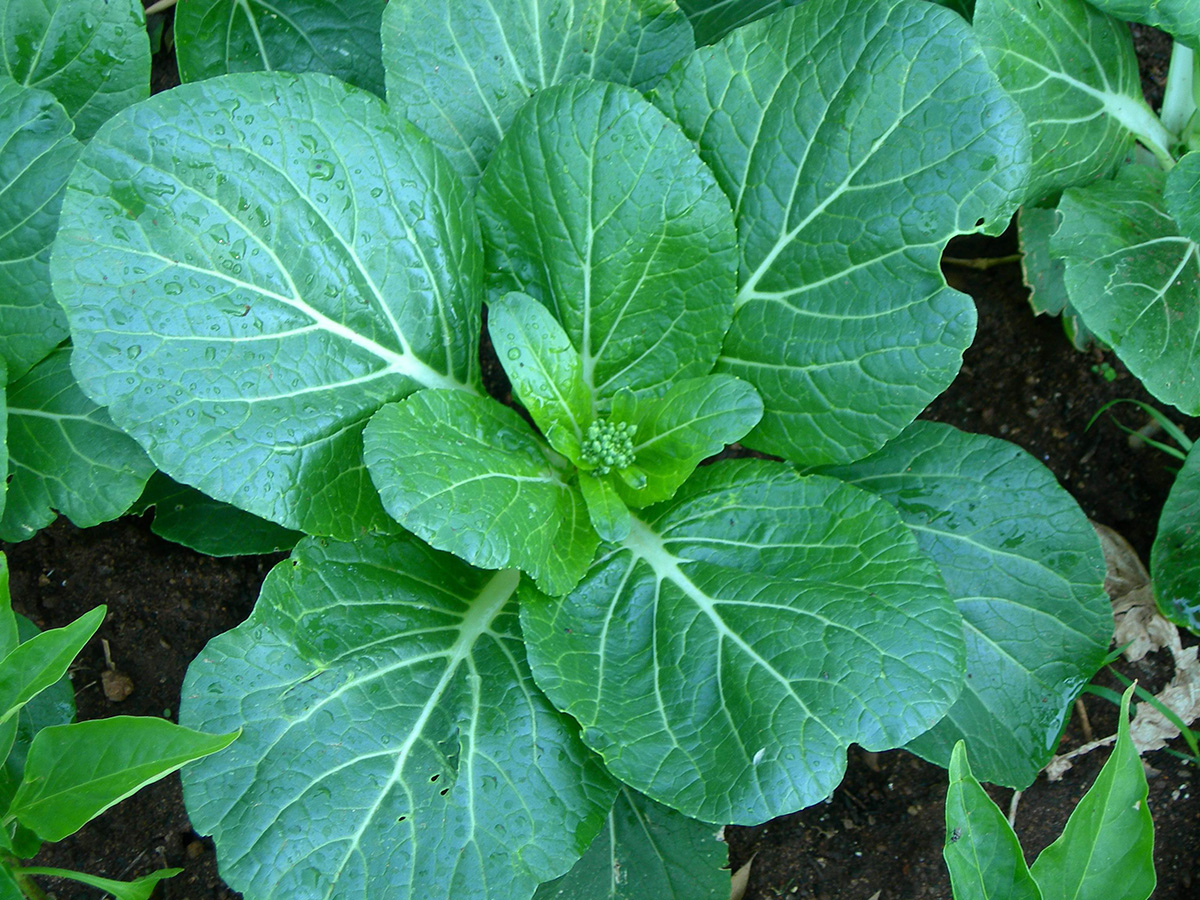Grow these immune boosting herbs and veggies and include them in your diet to help improve your resistance to infection
More like immune boosting herbs and veggies: Traditional and medicinal plants
Calendula (Calendula officinalis)

The petals have antiseptic, antifungal, antibacterial and antiviral properties – the more intense the colour, the higher their level of active ingredients.
Growing: Plants are frost hardy and like full sun and fertile soil that drains well. The average height is 45cm and about 30cm wide. Deadhead them regularly to encourage new flowers, and feed once a month with liquid fertiliser.
Using: Pick the flowers in the morning when their water content is at its highest. Use only the petals and discard the rest of the flower. Make a tea and drink to help clear infections (because of its antiviral actions), or to detox and balance the digestive system, liver and gall bladder.
How to use it: Make Calendula tea
Cut up 2 teaspoons of petals in a glass jug, and pour over 750ml just-boiled water. Cover, steep for 10 minutes, then strain before drinking.
More like immune boosting herbs and veggies: Grow body cleansing herbs
Parsley (Petroselinum crispum)

A rich source of vitamin C, vitamin A and minerals such as iron, parsley provides protection against colds and flu.
Growing: Parsley grows best in full sun and likes deep, fertile soil that drains well. Plant out new plants every six months, especially if you harvest regularly because the plant tends to develop a stem, which reduces the yield.
How to use it:
Two tablespoons parsley a day as a garnish or juiced with fruit should keep the doctor away. Infuse it to make a mild-flavoured tea and sip three times a day as a digestive or tonic.
Thyme (Thymus vulgaris)

This herb has strongly antiseptic aromatic leaves containing thymol, an antifungal that helps treat throat and chest infections, such as bronchitis and whooping cough. It’s also an excellent tonic herb that strengthens the lungs and the immune system.
Growing: This small, bushy perennial needs full sun, tolerates poor soil and responds well to regular trimming. Fertilise it once a month, or twice if you’re picking constantly.
How to use it:
Use the leaves in slow-cooked meaty stews and soups. Add whole sprigs at the beginning of cooking and remove before serving or strip the leaves from the stem and use chopped. Make a tea from the leaves and drink three times a day, but not for longer than a week as it may affect iron absorption.
Oregano (Origanum vulgare)

Often associated with Italian food, especially tomato-based sauces, the leaves are highly antiseptic and are used to treat coughs, tonsillitis, bronchitis and asthma.
Growing: A hardy perennial herb, it loves full sun, attracts, butterflies and survives heat and cold winters. Variegated oregano, O. vulgare ‘Variegata’, has cream and green leaves and makes a lovely groundcover, while the golden upright variety has striking foliage.
How to use it:
Its leaves have a robust flavour that takes well to cooking – not just in tomato sauces, but also with roasted vegetables, soups, stews and bread. Dried oregano has a stronger flavour than fresh leaves.
Similar to immune boosting herbs and veggies: Anti-ageing plants
Asian greens

Asian greens like tatsoi, mizuna and pak choi, are to a varying degree, good sources of vitamin C, beta-carotene, vitamins B2 and B6, folic acid, iron and magnesium, as well as calcium.
Growing: Mizuna prefers partial shade, but all other Asian greens do best in full sun. Plant them in fertile, well-composed, well-draining soil alongside plants with edible flowers like nasturtiums and violas for a gorgeous effect.
How to use it:
Tatsoi leaves are crunchy and lightly peppery, delicious in salads, soups and stir-fries. Pak choi has mild, peppery flavoured leaves that can be cooked like spinach and the stems steamed like asparagus. Mizuna leaves have a pleasant peppery flavour, reminiscent of rocket but sweeter and can be used in salads, in stir-fries or steamed.
More like these immune boosting veggies: Growing winter veggies
Spinach (Spinacia oleracea)

The leaves of this cool-season vegetable contain vitamins C and K, minerals, plant protein and flavonoids that act as antioxidants. There are other equally beneficial leafy green available such as Swiss chard, some of which have colourful leaves and stems.
Growing: Plant spinach in full sun, in fertile, well-composted soil and water regularly. To harvest, cut or twist off leaves from the base of the plant, removing two or three of the largest leaves at a time. Feed with a liquid fertiliser after picking. When the leaves start to flop the picking season is over and the plants should be dug out and put on the compost heap.
More like immune boosting herbs and veggies: How to grow lemons from seed
How to use it:
To prevent that sulphurous smell, cook spinach with the lid off to release the sulphur. Boil spinach in very salty water (like seawater) to preserve its flavour and don’t overcook. The bitterness comes from the white rib so remove it before cooking.
Other healthy options
These include butternut, all the brassicas like broccoli, cabbage and kale in particular, carrots, garlic, garden peas, leeks, onions and sweet potatoes.
NOTE: This information is not intended as a substitute for medical advice. Consult a medical professional for a diagnosis before taking supplements or medication. Natural, herbal remedies can be toxic. Use them with caution.


